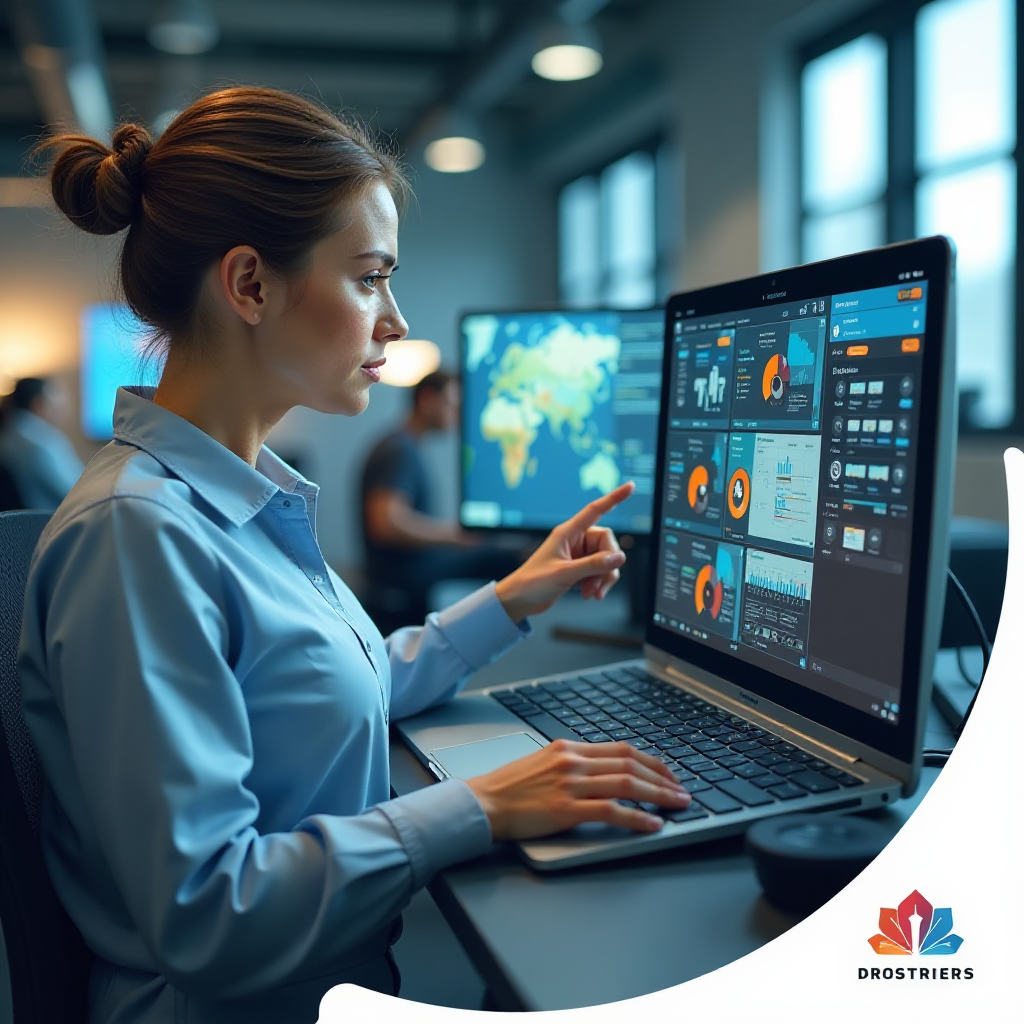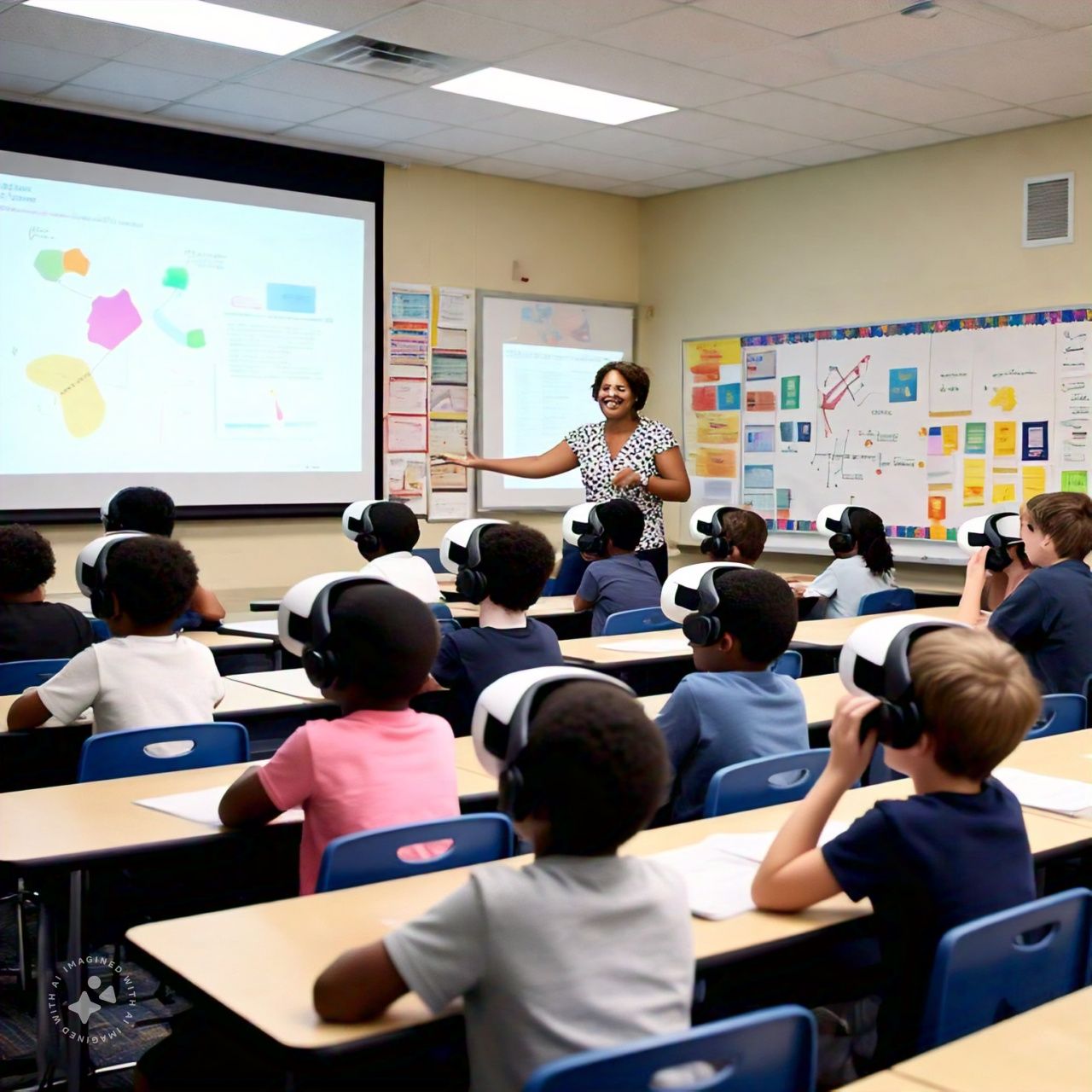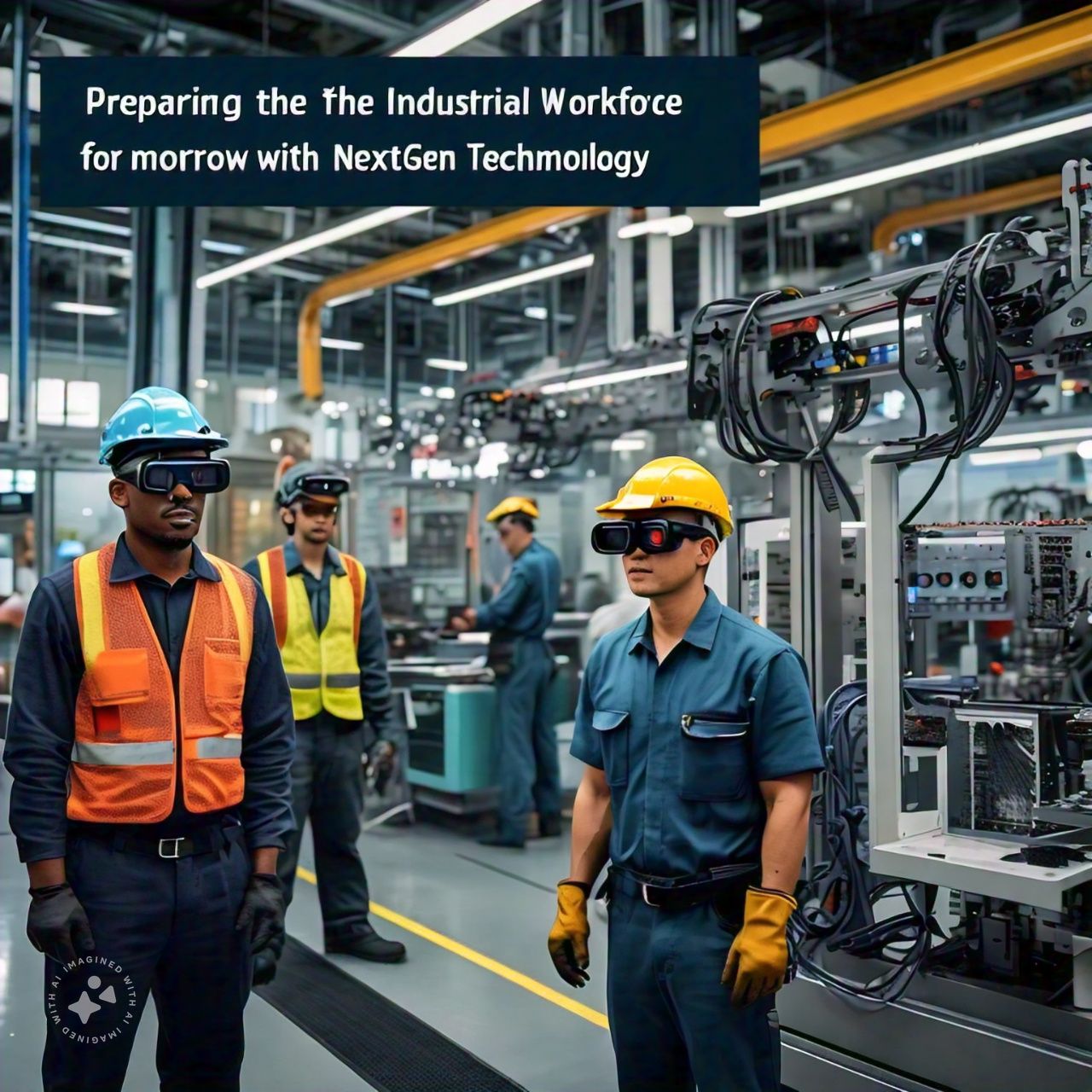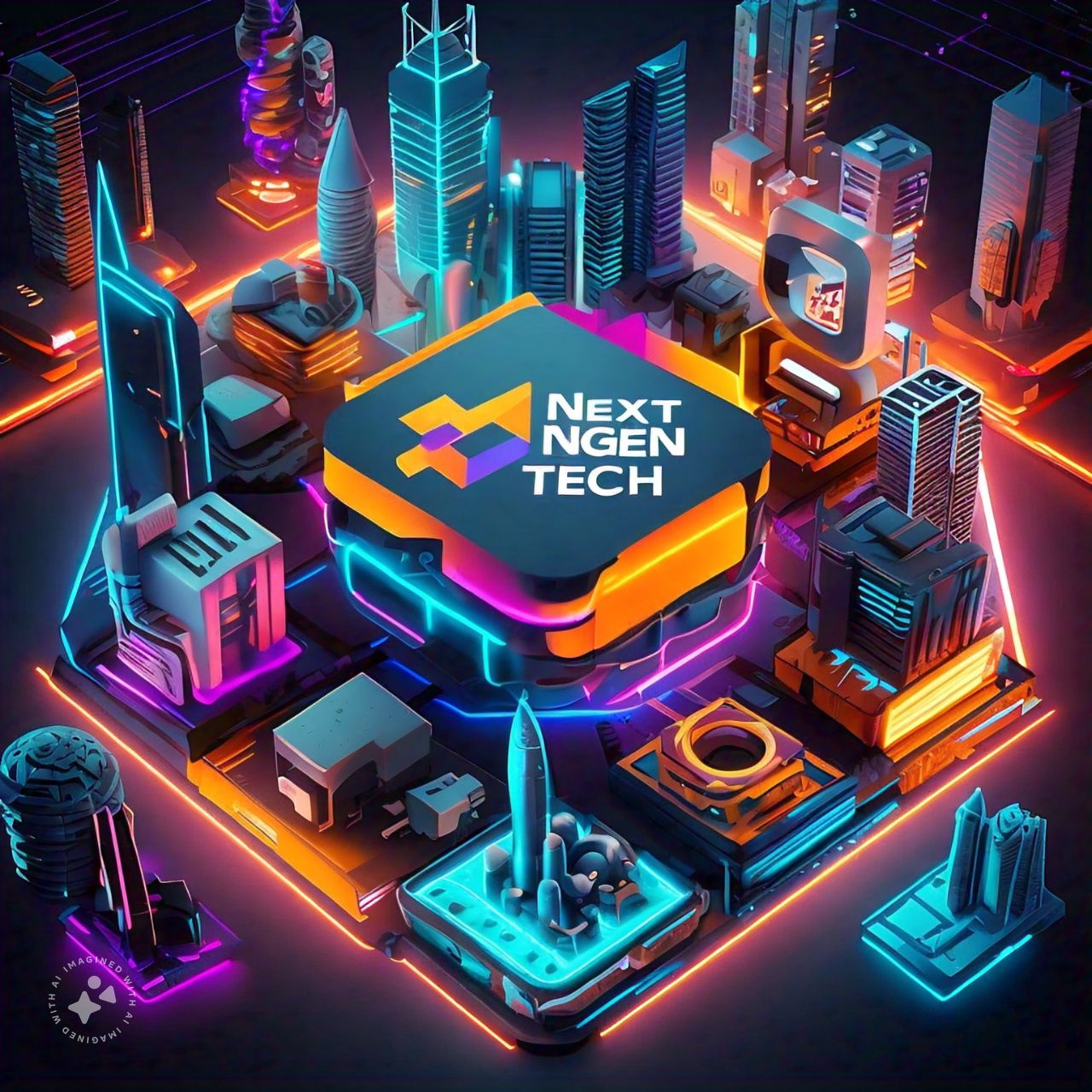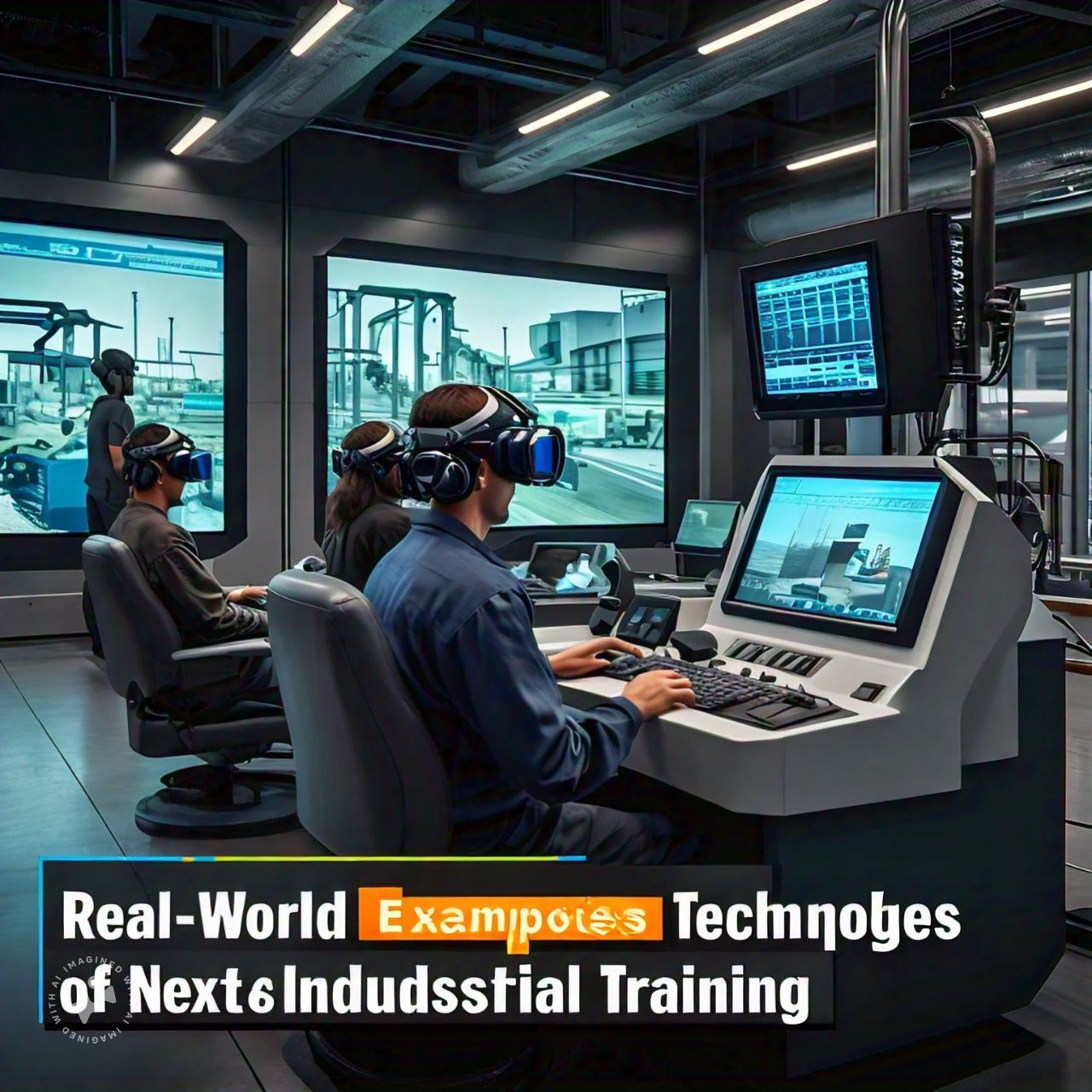
Introduction: The Future of Industrial Virtual Training Solutions
As industries continue to evolve, so too must the way we approach employee training and skill development. Enter Industrial Virtual Training Solutions — a game-changing approach to learning and development that’s gaining massive traction across sectors. These virtual solutions combine cutting-edge technologies like VR (Virtual Reality), AR (Augmented Reality), and 3D simulations to create immersive learning experiences, allowing workers to gain hands-on experience without stepping foot on the shop floor.
In this article, we’ll explore how industrial virtual training solutions are revolutionizing the way industries train their workforce, the benefits they offer, and the challenges companies might face while implementing them. So, buckle up and let’s dive into the future of industrial training!
What are Industrial Virtual Training Solutions?
Industrial Virtual Training Solutions are technology-driven platforms that use virtual or augmented reality to simulate real-world environments for training purposes. These platforms can replicate factory floors, complex machinery, and hazardous work environments without putting employees at risk. With the help of immersive 3D visuals, users can engage in realistic scenarios, practice difficult tasks, and even make mistakes, all within a virtual setting.
For industries that require high-stakes, high-skill training — such as aerospace, manufacturing, and construction — virtual solutions provide a safe, cost-effective, and scalable method of education. These virtual platforms often include the use of VR headsets, AR glasses, haptic feedback devices, and even AI-powered training programs to simulate real-world challenges.
Benefits of Virtual Training in Industry
Virtual training solutions aren’t just a futuristic concept; they’re already changing the industrial landscape in profound ways. Here are some of the key benefits:
- Cost Efficiency: Traditional training methods often require costly setups, travel, and equipment. Virtual solutions eliminate these expenses by simulating environments on a computer or VR headset, reducing the need for physical resources.
- Safety: Virtual environments allow workers to practice risky tasks — like operating heavy machinery or handling hazardous materials — without the real-world dangers. This significantly lowers the chances of workplace accidents during training.
- Enhanced Engagement: Virtual training is more interactive and engaging compared to traditional classroom settings. Gamified elements, realistic simulations, and immersive experiences help keep learners motivated and focused.
- Scalability: Whether you need to train a single employee or a whole team, virtual solutions can scale up quickly. Training sessions can be replicated and distributed across multiple locations without additional resources.
- Real-Time Feedback: Many virtual training platforms come with built-in AI that can provide instant feedback on performance, helping workers improve their skills rapidly.
- Flexibility: Virtual training allows workers to learn at their own pace, from anywhere, and at any time. This flexibility makes it ideal for industries where employees work in shifts or in remote locations.
How Virtual Training is Transforming Industrial Skills Development
The industrial sector has long faced challenges in training workers for complex, hands-on roles. Traditional methods like classroom lectures or apprenticeship programs often don’t provide the same level of interactivity or hands-on experience needed for certain tasks. This is where Industrial Virtual Training Solutions shine.
- Immersive Learning: Virtual platforms can simulate real-world scenarios with stunning accuracy, helping workers to visualize and practice tasks in ways that weren’t possible before. This hands-on approach is ideal for mastering intricate procedures, such as machinery operation, assembly line work, or maintenance procedures.
- Remote Training: Industries often have employees spread across various locations, making it difficult to provide consistent training. Virtual training allows for centralized content delivery, ensuring that all workers receive the same quality of instruction, no matter where they are.
- Skill Assessment: Virtual platforms can track employee performance, providing valuable insights into areas where workers excel and where they need further improvement. This data-driven approach to skills development helps businesses identify skill gaps and tailor their training programs accordingly.
- Rapid Prototyping and Innovation: As industries evolve, workers need to adapt quickly. Virtual training can be used to quickly test new equipment, processes, or technologies, giving employees a chance to familiarize themselves with changes before they happen in the real world.
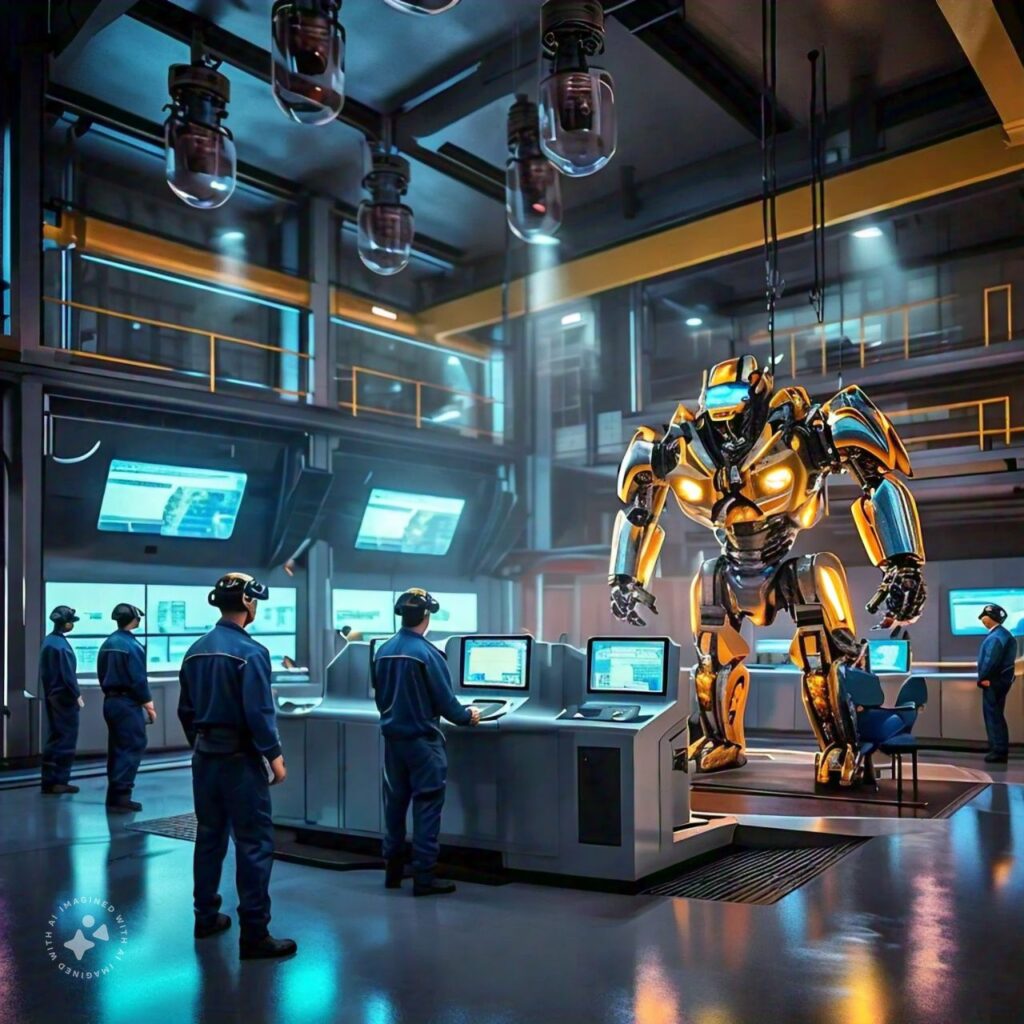
Challenges and Considerations in Implementing Virtual Training Solutions
While the benefits are significant, there are some hurdles that companies may face when adopting virtual training technologies. Here are a few challenges:
- High Initial Setup Costs: While virtual training can save money in the long run, the initial investment in VR headsets, AR devices, and training software can be substantial. Companies need to weigh the cost of these technologies against the long-term benefits.
- Technology and Infrastructure: Implementing virtual training requires access to high-quality hardware and reliable internet connections. In industries where technology is not yet widely adopted, this can be a barrier.
- Employee Resistance: Not all employees may be comfortable with new technologies. Some workers may prefer traditional, face-to-face training methods, and it could take time to ease them into the digital shift.
- Ongoing Maintenance and Updates: Virtual training programs require regular updates to stay relevant and effective. As industries evolve, training modules need to be refreshed to include new tools, machines, or regulations.
The Future of Industrial Virtual Training
The future of industrial virtual training solutions is incredibly exciting. As the technology continues to advance, we can expect to see even more immersive and sophisticated training experiences.
- Integration of AI and Machine Learning: AI is already playing a role in personalized training, but future advancements could lead to even more tailored learning experiences. Machine learning algorithms could track learner progress and suggest adjustments to training programs in real-time.
- Haptic Feedback: The introduction of haptic feedback, which allows users to “feel” virtual objects, will make training even more realistic. For example, workers could practice welding or operating delicate machinery with a tactile experience that mimics the real-world sensations.
- Cloud-Based Training Solutions: The cloud will make virtual training more accessible and scalable, allowing companies to distribute training programs to a global workforce without the need for physical infrastructure.
- Collaboration in Virtual Environments: Virtual environments could allow workers from different parts of the world to collaborate on projects or solve problems together in real-time, simulating real-world teamwork.
Conclusion
In conclusion, Industrial Virtual Training Solutions are paving the way for a more efficient, cost-effective, and safe approach to workforce development. They’re not just changing how employees learn; they’re shaping the entire future of industrial training. With virtual training, industries can address skill gaps, improve safety, and enhance worker engagement like never before.
If you’re ready to take your industrial training to the next level and explore how virtual solutions can benefit your company, don’t hesitate to reach out for a consultation today.

